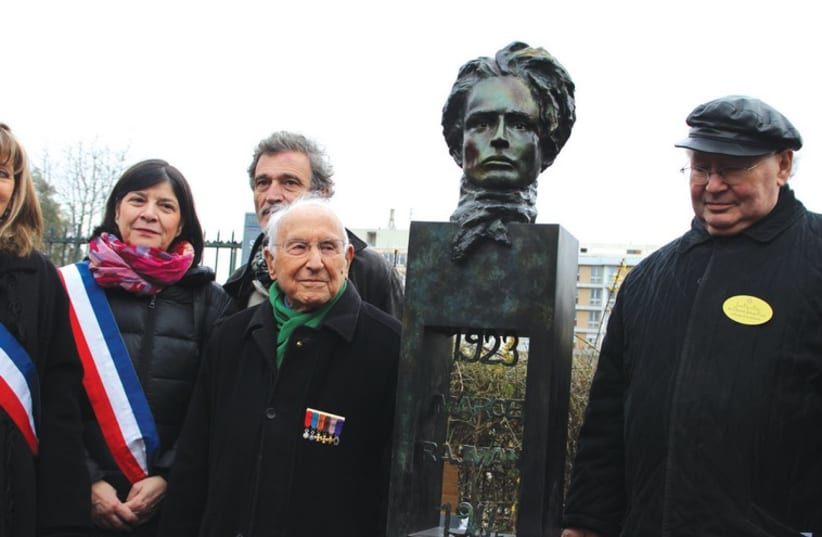Statue unveiled in Paris commemorates Jewish resistance fighter captured, executed by Nazis
Mayor of 11th Arrondissement: Marcel Rajman’s sacrifice is particularly significant in today’s context; Compatriot: Many of us Jews participated in resistance, but "people tend to forget."
